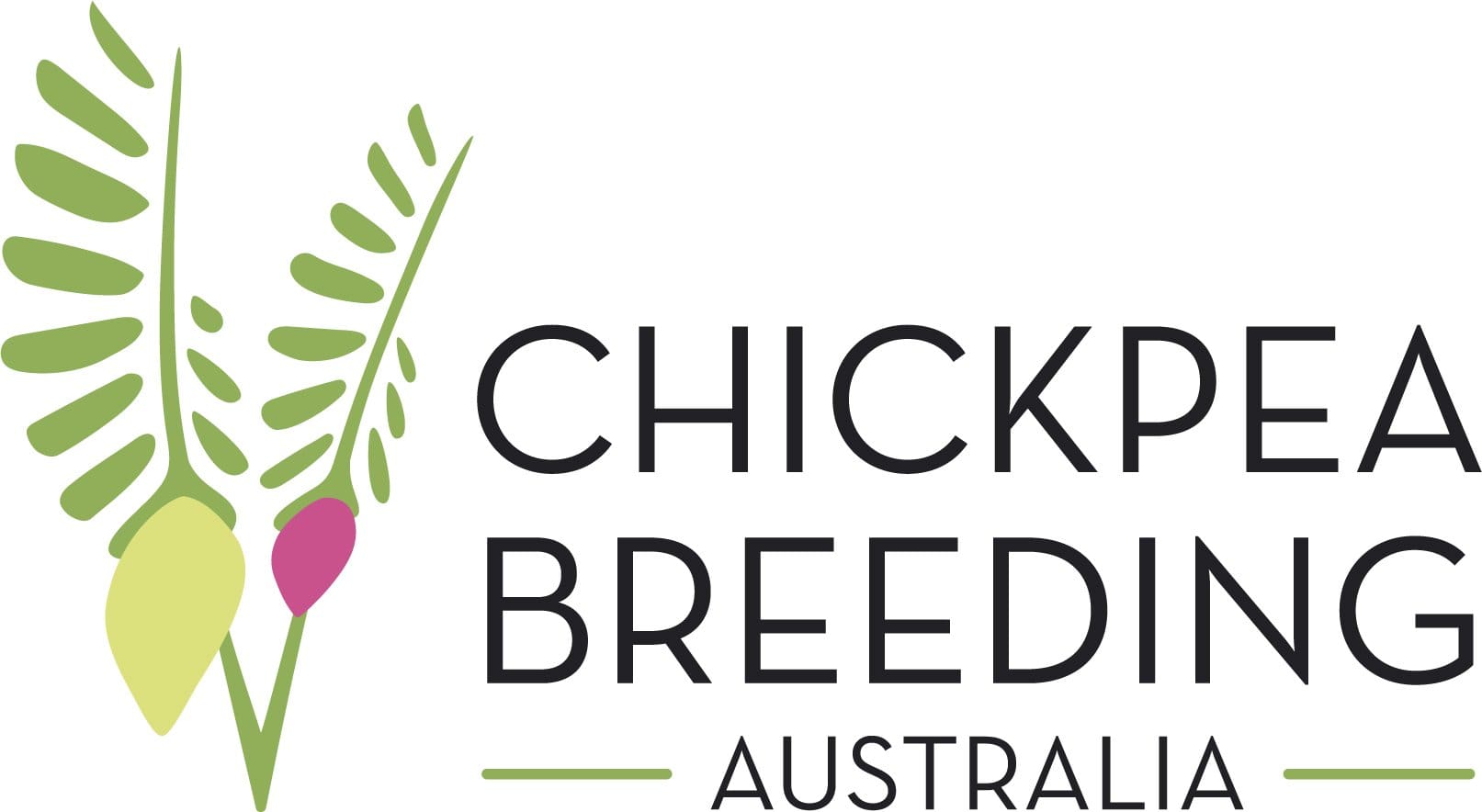
THE FUTURE of Chickpea Breeding Australia is up in the air after the New South Wales Government decided to end its involvement in the organisation.
The move means the Grains Research and Development Corporation is preparing to launch an expressions-of-interest process to secure a new partner to take the breeding program forward.
Formed in 2020 by GRDC and the NSW Department of Primary Industries and Regional Development, CBA was a $30-million five-year initiative aimed at developing high-yielding desi and kabuli chickpea varieties to increase outputs in traditional and new growing areas.
Seasons permitting, chickpeas and lentils are Australia’s two biggest pulse crops, and Australia is the world’s biggest exporter of chickpeas.
Australia last year produced a record chickpea crop of 2.27 million tonnes (Mt), and ABARES forecasts new-crop production at 1.88Mt.
Five-year chapter ending
The chickpea-breeding program was established to build on the work of Pulse Breeding Australia, an initiative that developed chickpea, field pea, lentil, faba bean, and lupin varieties for growers nationwide before it was disbanded in 2019.
In December 2023, GRDC and NSW DPIRD (then known as DPI) opened the home of CBA, a $10M purpose-built research centre within the Tamworth Agricultural Institute in northern NSW.
Since its formation, the breeding program has been led by senior plant breeder Dr Kristy Hobson with support from operations manager Glenn Lendon.
The CBA program has delivered positive results over its five-year term, including releasing the broadly adapted Captain variety in 2021, and Spin, an improved phytophthora root rot-resistant desi chickpea, this year.

Former NSW Department of Primary Industries director general Scott Hansen and chickpea breeder Dr Kristy Hobson with former GRDC chair John Woods at the launch of desi variety Captain in 2021. Photo: CBA
Industry sources talking to Grain Central have also commended CBA’s work and the high quality of the varieties it has delivered to growers.
In a statement in its Groundcover online publication, GRDC said the CBA program would continue for the next year while it begins the search for a new partner.
“GRDC will continue to support key NSW DPIRD chickpea breeding activities through 2025 to ensure the delivery of critical milestones during this growing season,” the statement said.
“Looking ahead, GRDC will open a competitive process to identify a new partner with the agility, commercial focus, and scientific expertise to accelerate varietal improvement and deliver value to growers nationally.”
A spokesperson for NSW DPIRD said it will continue to work with GRDC to “finalise plans for the continuation of chickpea-breeding operations for the 2025 cropping season”.
“This includes supporting GRDC in its approach to market to identify a new investment partner from 2026 onwards,” the spokesperson said.
“Through this transition, the [CBA] program will maintain full breeding operations, with facilities being fully utilised through to June 2026.”
The spokesperson said the transition of the program’s ownership “back to industry leadership” was a “major milestone in Australian chickpea research”.
“NSW DPIRD is proud to extend its involvement for a further 12 months to ensure a smooth handover and to support GRDC in identifying a new, industry-aligned breeding partner.
“This transition represents an exciting new chapter for the grains industry, as it takes greater ownership of ongoing research and development in chickpea breeding.”
Continued investment ‘vital’
Grain Producers Australia deputy chairman and NSW Farmers Grains Committee member Matthew Madden said they had “very early discussions” to get an overview of the current situation.
“Whatever can be done by industry to continue to improve the genetics and breeding of chickpeas is vital because it is a major rotation crop in the northern cropping zones and down to the central zones,” Mr Madden said.
“We are very hopeful that there will be that commitment put forward to resourcing chickpea breeding, whether it be through Chickpea Breeding Australia or somebody else.”
GRDC has yet to open its EOI campaign, and it remains unclear which organisation might emerge as the frontrunner to take over the CBA partnership.
Australian Grain Technologies has been floated as a likely contender, given its existing role managing royalty collections from the sale of CBA’s chickpea varieties.
State govt exodus
The NSW Government’s withdrawal from funding chickpea variety development marks the latest step in a broader shift towards handing this work over to commercial operators.
Under Pulse Breeding Australia, the funding and organisation was shared between GRDC, the University of Adelaide, the SA Research and Development Institute (SARDI) and state departments of primary industries in Victoria, NSW, Queensland and Western Australia.
After it was disbanded, pulse-breeding responsibilities were divided among the major pulse-producing states, either to state governments or commercial entities.
With the NSW Government’s recent withdrawal, the Vic Government will now be the only state authority still leading pulse-breeding efforts in Australia.
The Qld Government, which had supported chickpea breeding under PBA, chose not to continue after it ended, leaving the work to the GRDC and NSW DPIRD.
Faba bean breeding has continued through the University of Adelaide and the University of Sydney, while the Victorian Government took responsibility for lentil and field pea breeding.
Meanwhile, Australian Grain Technologies has carried on lupin breeding in WA using material licensed from the state government.
Grain Central: Get our free news straight to your inbox – Click here

HAVE YOUR SAY